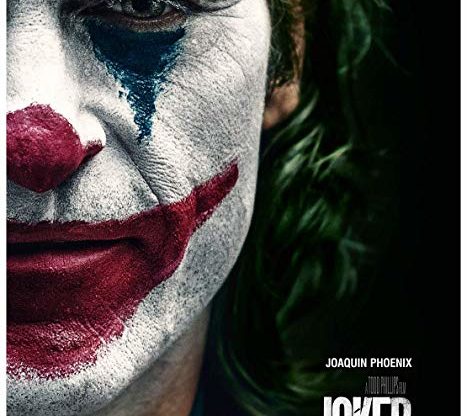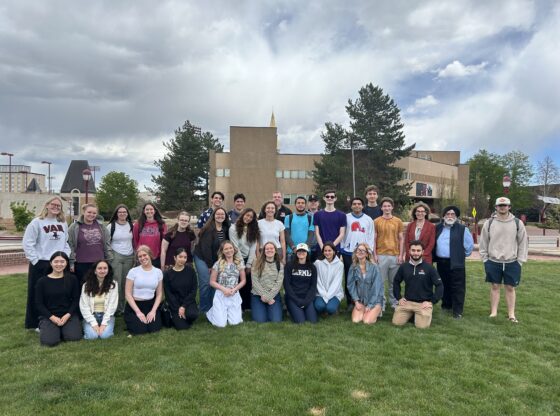From its first frames, “Joker” distances itself from most comic book films. Relying on gritty realism rather than fantasy, the dark undercurrents of society carry the narrative onwards. Warning: spoilers ahead
In “Joker,” anti-hero protagonist, Arthur Fleck (Joaquin Phoenix), struggles to support his aging mother Penny Fleck (Frances Conry) while pursuing a career as a stand-up comedian in a life that is anything but humorous. The tense atmosphere of the opening scene begins with Arthur forcing a smile onto his face as a tear muddled with garish makeup trails down his cheek. “Joker” grows darker from that point on as Arthur suffers beatings and betrayals with no end in sight. His warped psyche and chronic fits of laughter alienate him from a society that wanted nothing to do with him in the first place.
This tension culminates when Arthur kills three affluent businessmen in self-defense. The triple-homicide pushes “Joker” over the edge: when Arthur smiles in triumph, having finally embraced his darker side, the silence in the theater is palpable. The film escalates into senseless violence as Arthur, now considering himself the Joker, loses his tentative hold on reality.
The film ends with Joker grinning through a psychological assessment at Arkham Asylum. The nurse asks in bated breath, “What’s so funny?” to which Arthur replies, “You wouldn’t get it anyway.” In the final frames, the Joker runs through the stark white corridors of the Asylum, leaving bloody footprints in his wake.
Throughout the film, the audience is tortured by the slim chance at redemption which they know isn’t coming; They’ve heard this story before and know that Arthur Fleck’s descent into madness is inevitable. The pain endured by the initially sympathetic Arthur as well as the filth and depravity rampant through Gotham leaves an unshakable sick feeling in the viewer’s stomach – it’s a pattern of systemic oppression that strikes eerily close to home.
“Joker[‘s]” greatest moments don’t focus exclusively on the deranged protagonist but rather the connection between the viewer and the on-screen hatred. The scene in which Joker kills the three Wayne Enterprises employees is particularly memorable, as audience members find themselves hoping that the Joker extracts his vengeance. As the adrenaline rush subsides, viewers are left reeling at the brutality with which Arthur murders his oppressors, forcing audience members to question their ethics.
Arthur Fleck isn’t your textbook psychopath or cult leader. He’s an average guy whose attempts at success through stand-up comedy makes him the butt of everyone else’s jokes. The Joker is something of an everyman, a testament to the limits of human tolerance for abuse and neglect on the social level. This is terrifying, and the critical backlash aimed at the film demonstrates the deeply personal chord “Joker” has struck with viewers. The implications of the film are more terrifying than its homicidal protagonist, and when the Joker laughs, no one is smiling.
“Joker” is uncompromisingly dark and definitely isn’t for everyone. Viewers looking for a traditional superhero film will be left disappointed and shocked by the pessimistic lense through which society and human nature is portrayed. That said, “Joker” refuses to shy away from pertinent social issues, making for a powerful character study that examines the depths of human depravity and the limit of man’s patience and sympathy. If you want a grisly portrait of the human propensity for violence as well as the volatility of social issues then “Joker” is for you.











